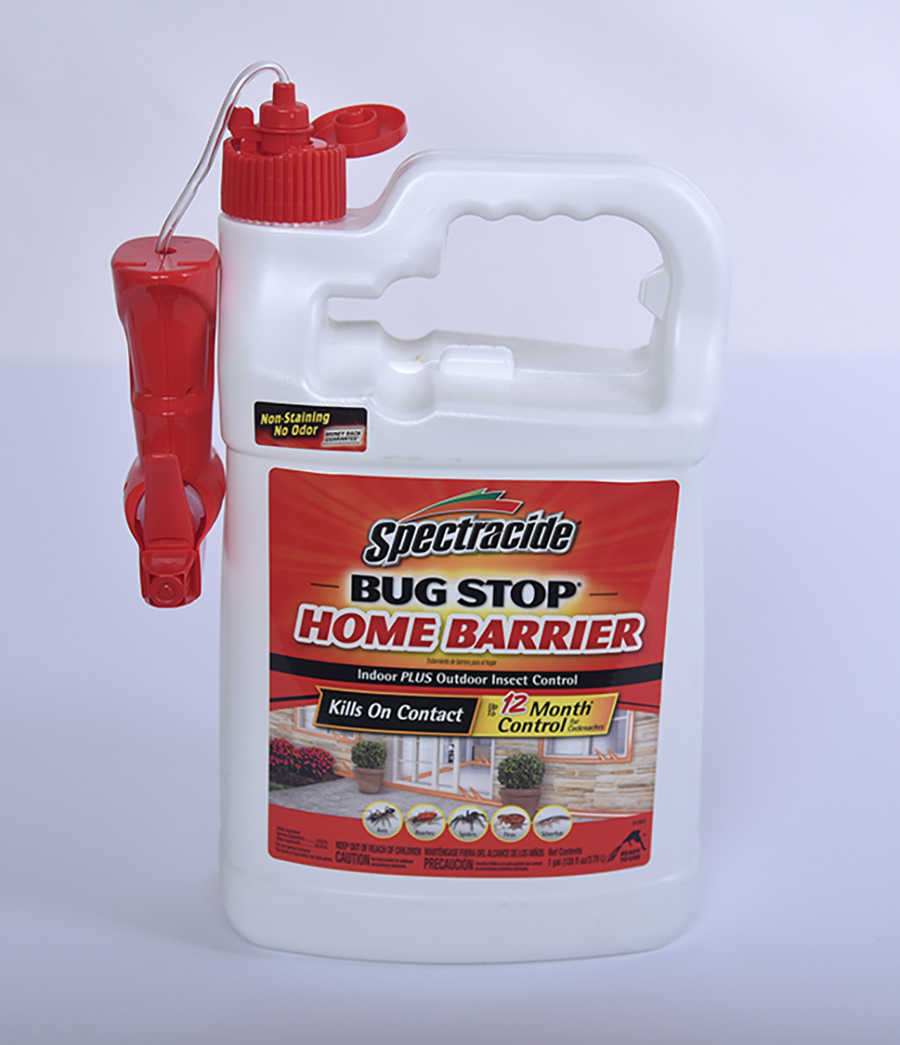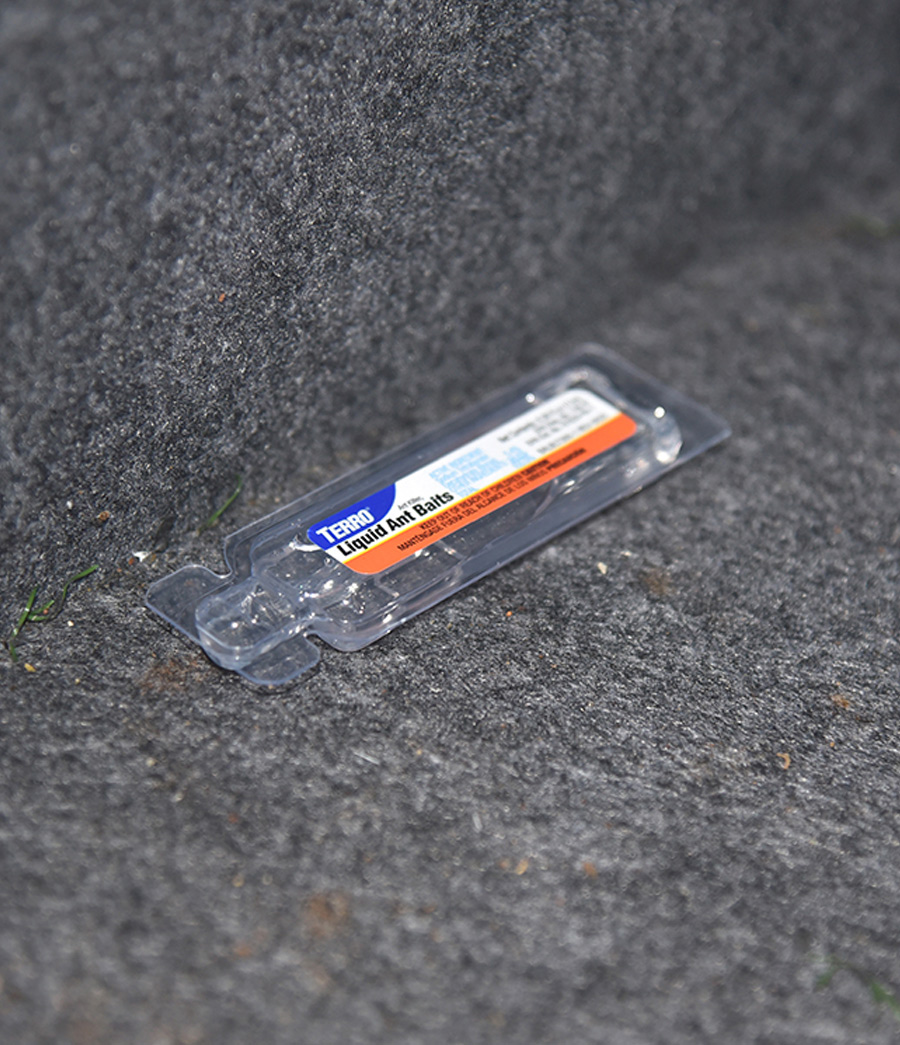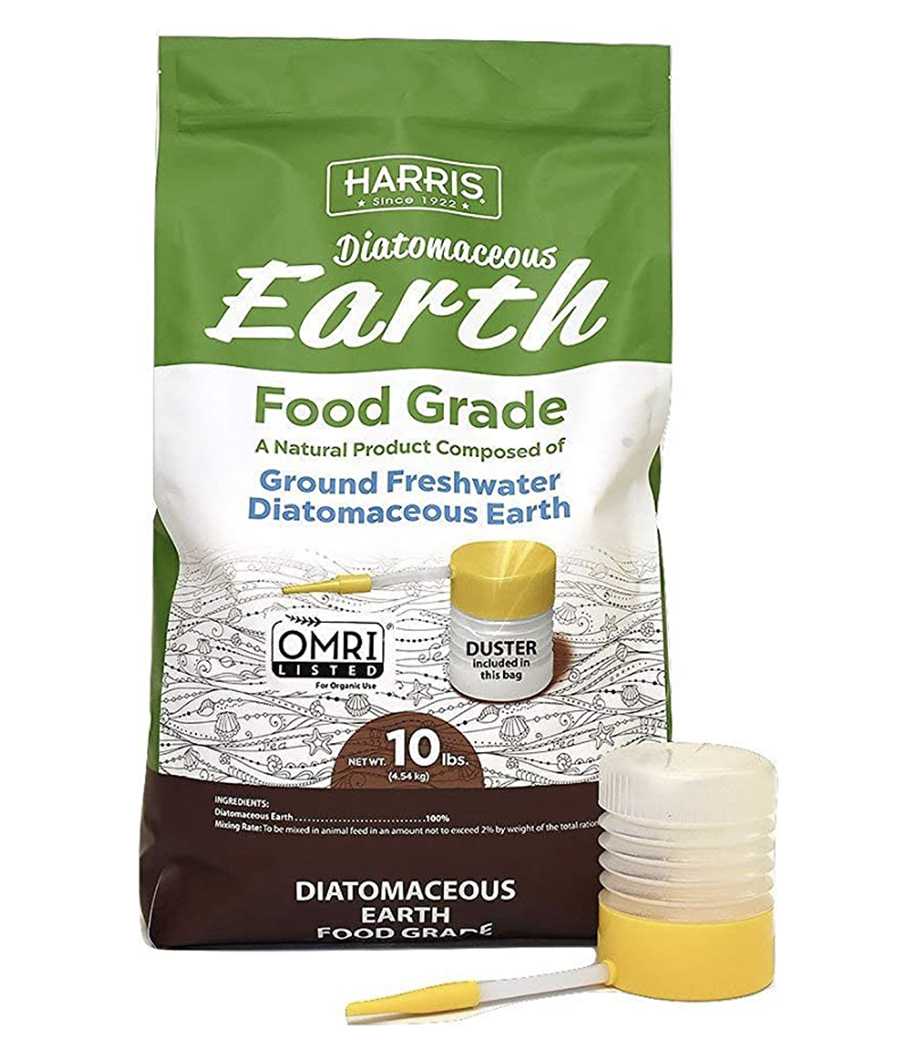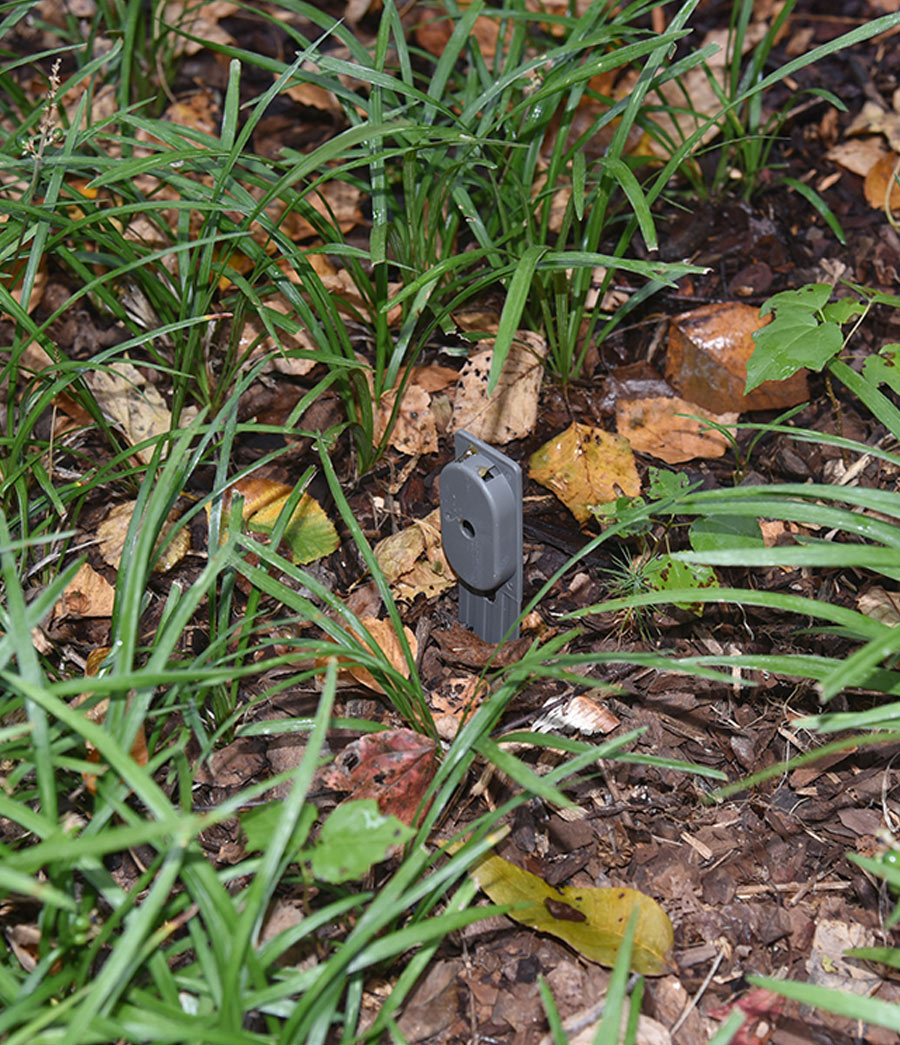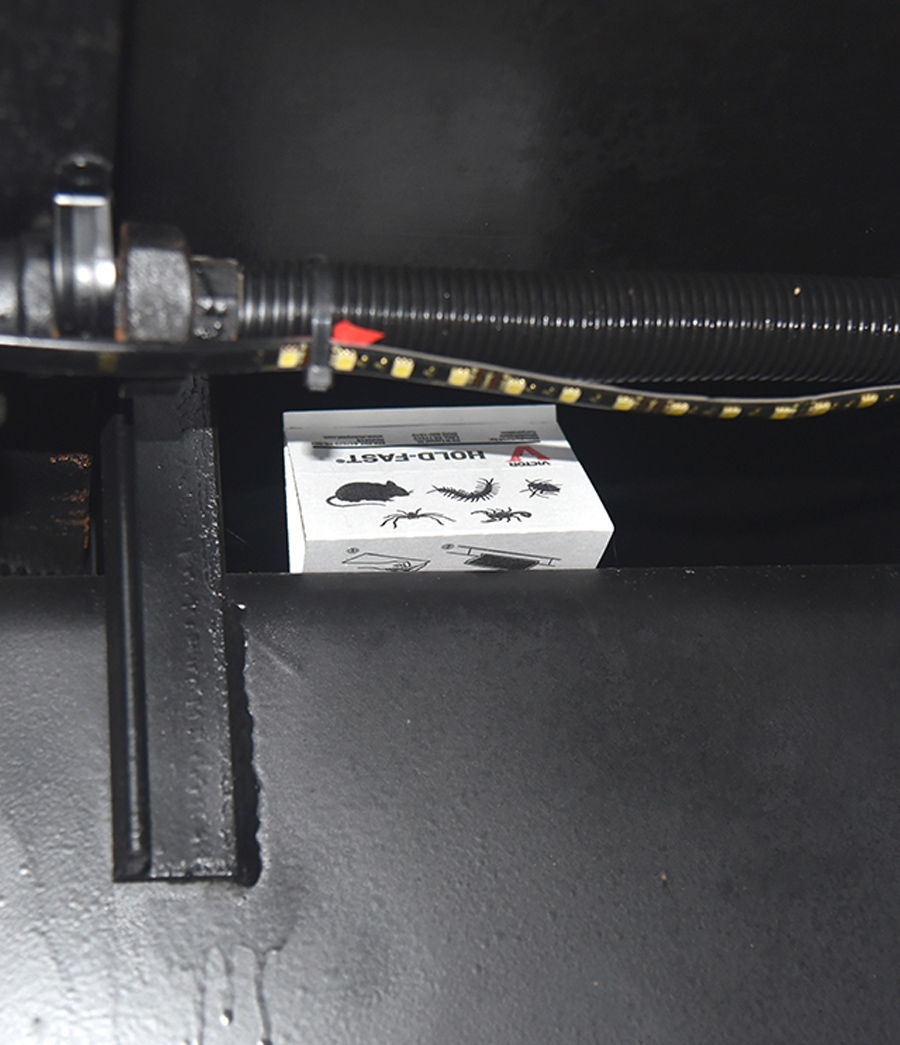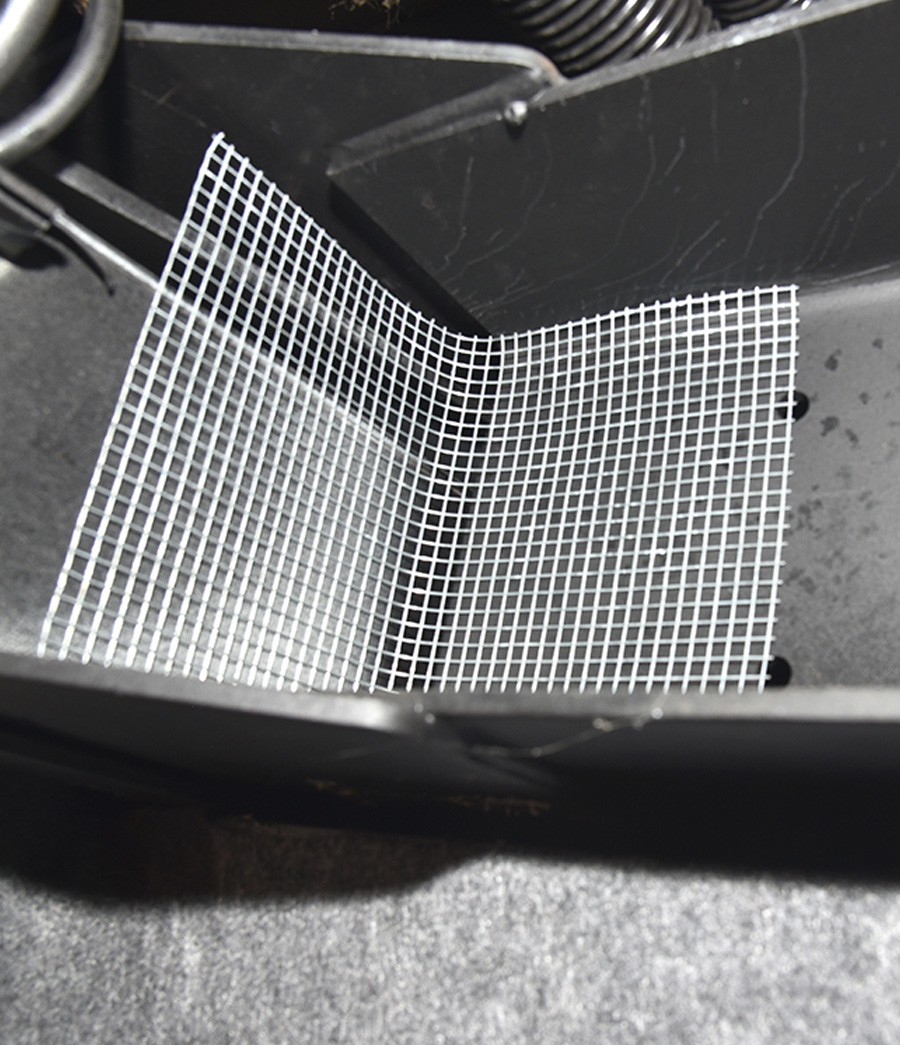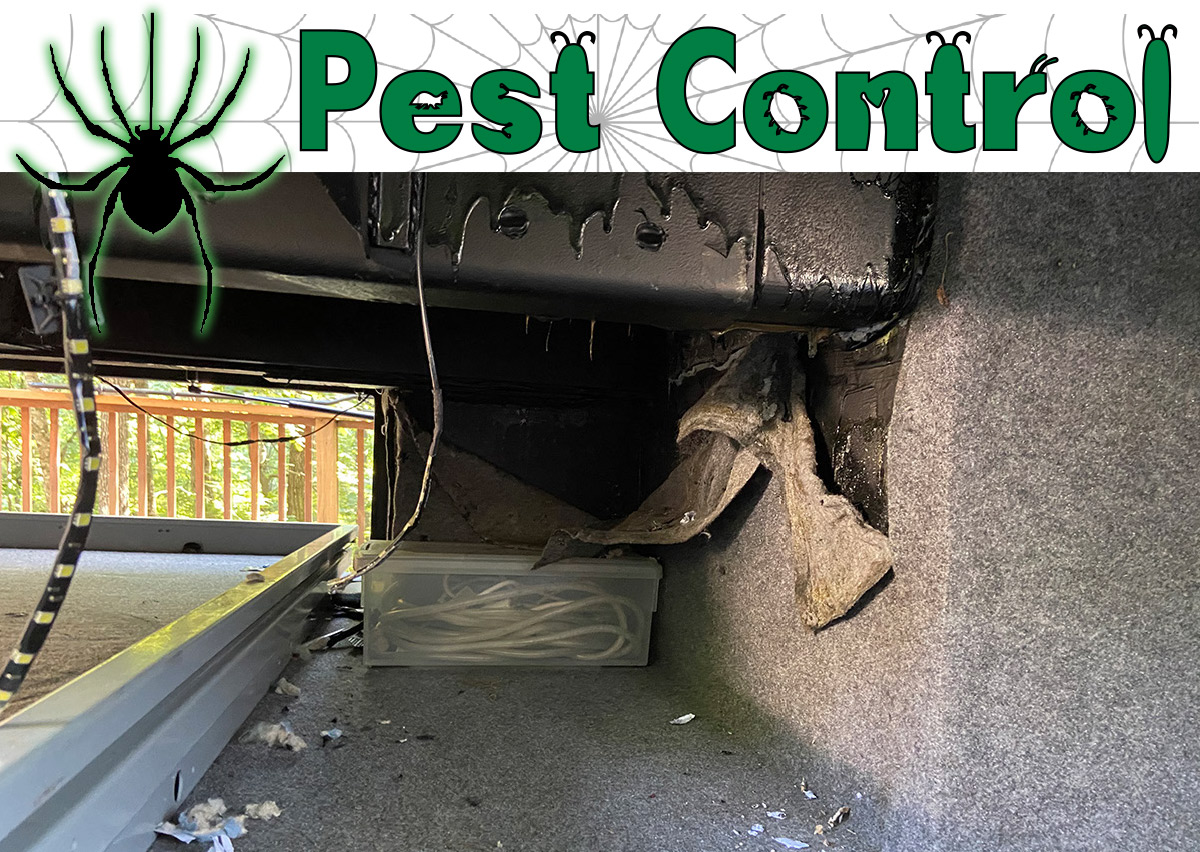
etting away from big cities or even suburbs is a big part of why many RV owners choose this lifestyle. It doesn’t matter if you are a full-timer, an any-timer or even a some-timer — there is nothing like the serenity of taking your RV to a remote area and enjoying nature. The closer I can get to a forest, lake, river or ocean the better I like it.
When we go to these areas, however, we often forget that we are now invading the territory of hundreds — if not thousands — of potential wildlife that find your RV just as great a place to live as you do. These critters don’t care if you are in a million-dollar bus or a pop-up camper — your RV is dry, warm and very inviting to them.
The goal of most campers is to enjoy Mother Nature without having Mother Nature enjoy them or their RV too much. That’s often easier said than done. If you have been camping long enough, you have likely had or heard of someone else having their rig infested by bugs, ants, rats, snakes, or a much larger animal like a raccoon or opossum. In fact, the insurance industry reports that rodent damage is one of the largest reasons for RV insurance claims. Since RVs often sit unused for weeks or months at a time, these long periods of storage are often the time when these infestations begin or grow wildly as owners are not there to see the signs of infestation — or, more importantly, take measures to stop the damage.
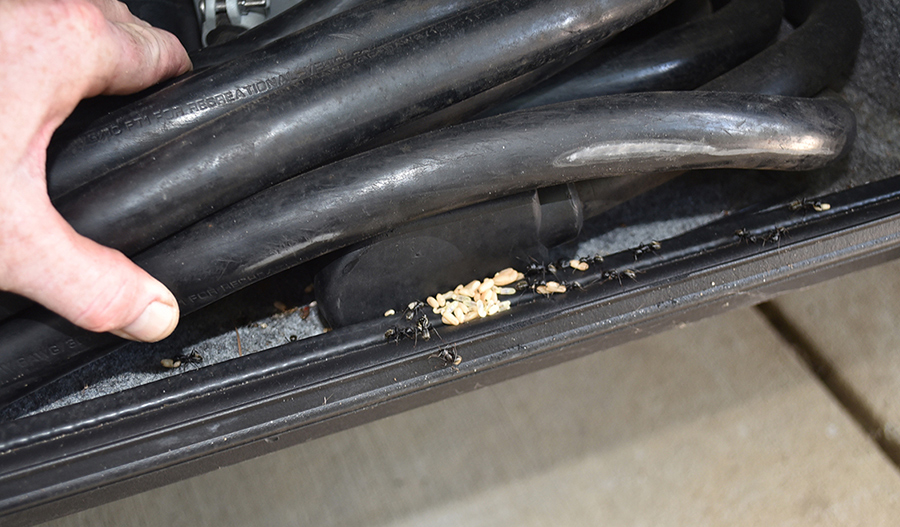
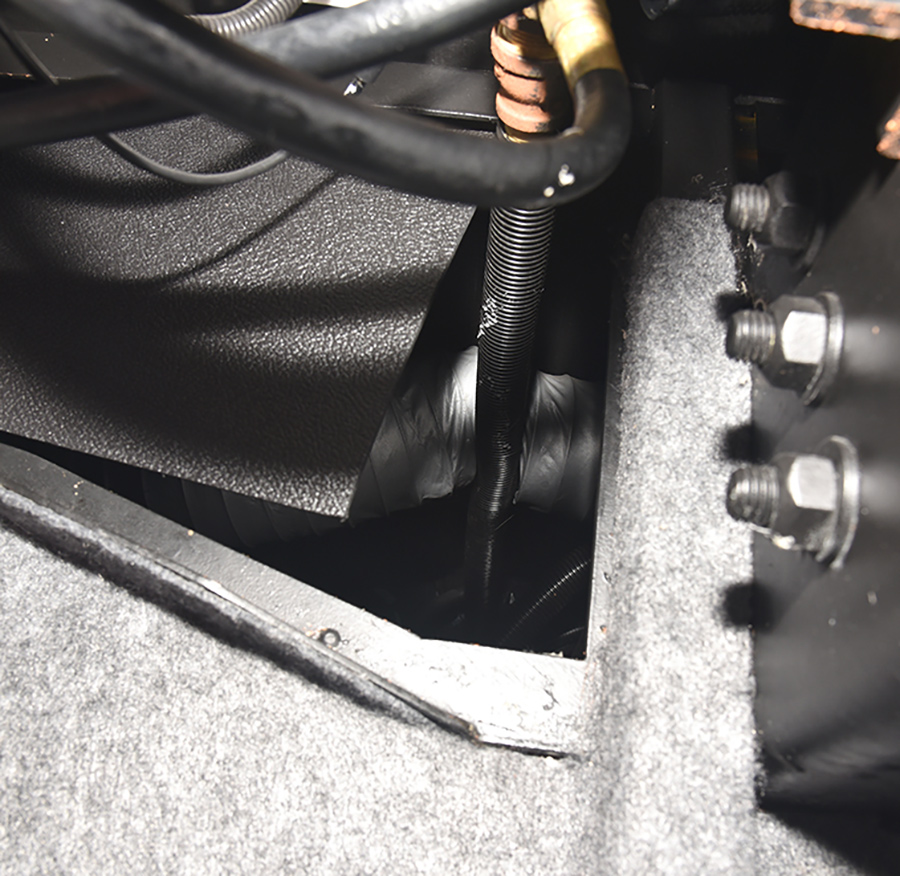
By far the best method to avoid RV damage by bugs or rodents is simply to prevent them from entering the RV. That is not as easy as you may think; bugs, in particular, are so small they can get in through the tiniest of cracks. Even mice or rats will get through holes that are far smaller than you imagine. Therefore, if you want to prevent rodent damage you have to keep them out and away from the RV. For bugs, it is easy to form an outer barrier around your campsite. Upon arrival to any campsite, it is a good idea to walk around the area and inspect for signs of bugs — look for mounds or any other signs that a threat exists.
After this, use an exterior bug solution in a pump sprayer or a smaller one-gallon bottle (some even have a battery-powered sprayer built in) and walk around the entire site spraying visible ant mounds and whatever else you noticed on your walk. You can also spray an outer band around the whole pad as a first line of defense against bugs and ants. Then you need to go around the entire RV and spray another protection band — this time, paying attention to all the areas where your RV contacts the ground. Focus on the area around the tires, leveling jacks, and any water or drain hoses as well as the cable TV line and power cord. Bugs will use these as a pathway to crawl into your coach. Another method to repel ants is to sprinkle food-grade Ddiatomaceous Earth (available at pool supply stores or online) around anything from the RV that touches the ground. This technique works well and is environmentally safe.
If your stay is longer, you may need to do an external spray more than once and especially after each rain. If you are a full-timer or stay in the same location for long periods, there are also bug bait stations available and some in ground devices so they are not easily disturbed. Some owners have had good luck keeping rodents away by stringing LED lights under their rig. Since rodents are nocturnal, the lights become an annoyance and help discourage them from hanging around your RV.
For rodents such as mice and rats you can also place a few traps of your choosing behind the wheels or another inconspicuous area. There are, of course, many different types of traps ranging from glue pads to traditional spring traps. Some only capture the rodent, allowing you to relocate it and release it, but most of them are designed to exterminate critters. You can let your conscience guide you on the type of rodent protection plan for your situation. You should, however, keep in mind that using poison of any kind could have unwanted effects by endangering pets or other less-harmful wildlife.
Next, focus on the RV itself — and that includes basement storage bays. Sealing a RV completely is virtually impossible, but the first thing is to make a serious attempt to seal and/or block every accessible entrance point. On most RVs, there several holes, cracks and gaps between the outside and the storage bays (if so equipped) and between the storage bays and the living quarters. There is no easy way to do this, because the only way to find all these small cracks and openings is to crawl or roll around on a mechanics creeper under your RV, then crawl inside the storage bays (if possible) and look for openings. That said, anywhere a hose, drain or LP-gas line, or any plumbing or wires pass through the walls or floors, there is likely space around the component that’s big enough to allow bugs or rodents to pass. Enlist the help of someone in the living quarters with a bright flashlight and have them shine it around bathroom drains or other openings as you crawl in the basement; you should be able to see the light to help identify potential cracks that need to be sealed.
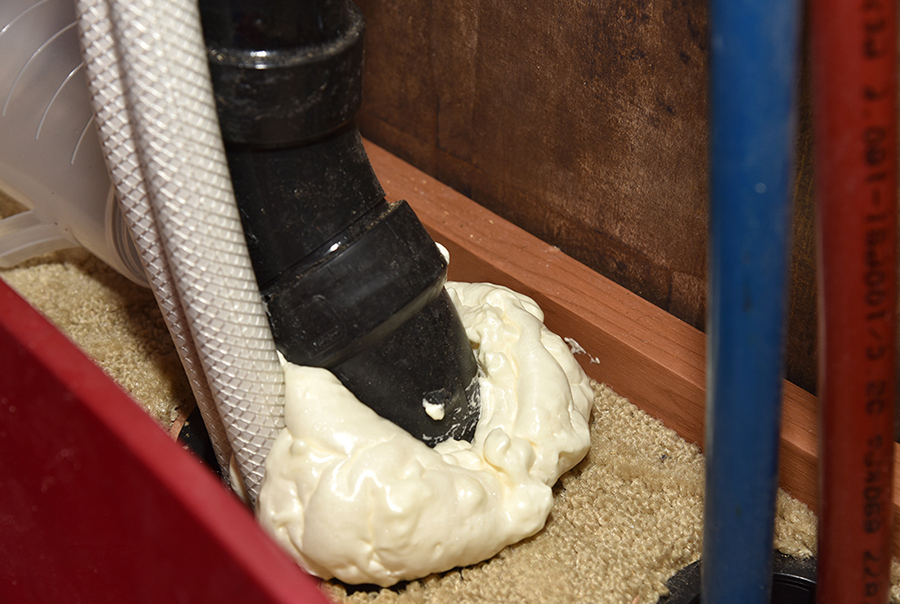
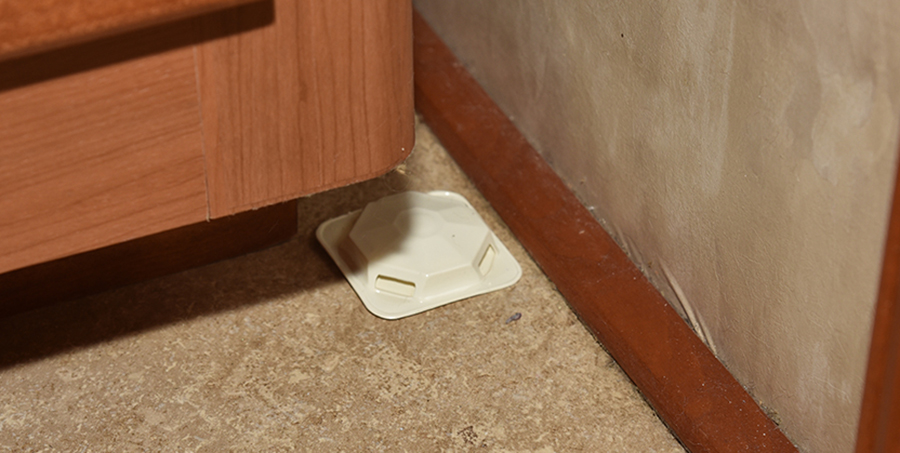
Keep in mind that after you have searched your rig for every possible entry point and sealed them in the best manner possible, there is still a good chance unwanted guests will find a way inside to your living quarters or storage bays. The next layer of defense we suggest is to spread around some bug bait stations. You will have to pick the type you use based on what bugs are common in your area; for most of us, it will be ants and/or roaches. Select the bait station that is most suited to your area and hide them around the RV in areas that are close to doors or other entry points as well as bathrooms because those typically have plumbing lines running through the floor and offer easier access for bugs to enter. The same type of rodent traps and/or glue strips placed on the outside can also be utilitized inside— again, keeping in mind that inside your RV it’s best not to use exposed glue boards, as they are a nuisance if your pet finds them or they get turned upside down. We prefer the glue traps that fold into a little box or triangle so that the glued portion is not easily touched by people or pets. Those are easily hidden most anywhere and are easy to dispose of once they are used.
If you have a pet (dog or cat) living inside with you, there is also a much greater risk of fleas and ticks. Most exterior bug sprays control both fleas and ticks, but you should protect your pet with a topical repellant (such as Frontline Plus) that is available at pet stores or your veterinarian. These products help keep the fleas off your pet and, as a result of that, help to keep them out of your RV.
When looking for products of this type, you can usually find many types of sprays, traps and bait stations as well as repellants for other undesirable creatures (such as snakes, skunks and others) at big-box home improvement centers, hardware stores and at farm supply stores. Survey your situation and determine what the most likely intruders are in your area and then pick the products aimed at those specific animals and bugs. Crawling around under or inside your RV is not the easiest project around, but if you (or someone) doesn’t do a good job, your next call may be to your insurance agent to handle a damage claim. Rodents and bugs can do major damage to an RV in just a few shorts weeks if allowed to continue unrestricted. It’s better to do a little preventative work now and not become their next victim.
